The Historic Max Factor Building
Before The Hollywood Museum: The Max Factor Building

Betty Davis and Max Factor
The building that houses today’s Hollywood Museum at 1660 North Highland at Hollywood Boulevard in Hollywood was originally purchased by Max Factor, legendary make-up artist to the stars, in 1928, just moments before the Great Depression. It was not until 1935 that it was finally opened. Famed architect S. Charles Lee designed it in the so-called Hollywood regency art deco style. Lee was celebrated for his design of many of the grand motion picture theaters in Los Angeles as well as hotels and other signature buildings in the city and elsewhere in California.
Through Max Factor this became much more than an elegant building. For the first time in history movie stars, women of high society and working women were all able to go to a public place for their make-up without the stigma of being called “hussies.”
Click here for a slideshow of photos with Max Factor and his building in the 1920’s – 40’s.
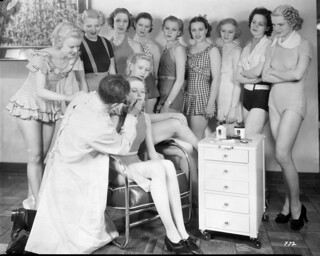
Max Factor working in his Studio
Hollywood’s ‘make up king’, Max Factor, was considered the father of modern “make-up”. Born in Poland, Max Factor became the beautician/make-up artist to Russia’s Czar Nicholas II and his family. After immigrating with his family to the United States in 1908, he fulfilled the American Dream. Through his innovative ideas, and hard work, Factor built a cosmetic empire. From Hollywood royalty to housewives of America, Max Factor’s stylistic genius changed our vision of beauty. He created silver screen gods and goddesses, as well as a new look for women. Visit Factor’s world famous makeup rooms (now authentically restored at the Hollywood Museum), learn about the history of theatrical and ‘street’ make up. See where Marilyn Monroe became a blonde and Lucille Ball got her famous red hair, as well as photographs and interviews with celebrities and make-up industry experts who offer their opinions, and discuss Max Factor’s influence in the make-up industry.
Over the years, the Max Factor Cosmetics Company (including the building) went through various owners including the Norton Simon Foundation, Revlon, Playtex, Beatrice Foods, and Proctor & Gamble; who sold it to The Hollywood Museum in 1994. P&G was initially unwilling to sell as they had many offers, but they believed in the importance of a museum dedicated to Hollywood and its rich history.
The Hollywood Museum: Our Vision Today!
It took nine years to restore the Max Factor Building to its original grandeur and The Hollywood Museum opened in 2003. Back in all its glory was the lobby, an art deco gem— with its white and rose-colored oasis of lavish marble, re-created historical chandeliers, pastel hues, antique furniture, trompe l’oeil, faux finishes with 22kt. gold and silver leafing.
The ground floor houses many original displays from the old Max Factor Make-up Studio with one room for blondes (used by Marilyn Monroe) and another for redheads (Lucille Ball). Lucille Ball was not an original redhead. It was Max Factor who designed her hair color and the make-up to go with it.
The Hollywood Museum features four floors of exhibits (two floors above the lobby and a basement below), offering more than 35,000 square feet of exhibit space—that’s seven times the size of the nearby Guinness World of Record Museum, almost four times the size of the neighboring Ripley’s Believe It Or Not Museum and five times larger than the Warner Bros. Museum.
On the Hollywood Museum’s ground floor can be found the historic lobby, plus Max Factor’s restored make-up rooms, a gallery featuring more than 1,000 black and white photos, Cary Grant’s Rolls Royce, Planet of the Apes, Jurassic Park, a tribute to Judy Garland and The Red Shoes.
The second and third floors are devoted exclusively to costumes worn by famous stars in famous films, corresponding props and posters as well as a wealth of Hollywood memorabilia ranging from the earliest Technicolor film ever shot to a Roman bed from Gladiator to the dog from There’s Something About Mary and the gold Cadillac from Dreamgirls.
The museum contains the world’s largest collection of genuine Marilyn memorabilia. In fact, historians and other experts specializing in entertainment ephemera, costumes, photos, text, posters etc. are consulted on a regular basis to make sure the museum is exhibiting the real thing.
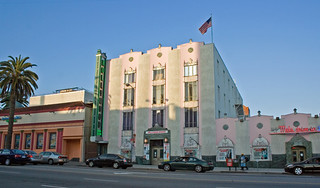
Exterior: The Hollywood Museum on Highland Avenue
The lower level has had many lives during the building’s long history. It was once a bowling alley and, during Prohibition, a speakeasy. Today it houses “all things creepy and scary.” Visitors can walk down the same jail cell corridor Jodie Foster walked in Silence of the Lambs. The array of crops from the film include Dr. Hannibal Lecter’s iconic mask.
When the museum opened its doors in 2003 it was open just two days a week. It has since become one of the most popular tourist destinations in Hollywood and is now open five days a week.
The museum has held many special events. A highlight of 2011 was a reunion of people who worked on the “I Love Lucy” show in celebration of Lucille Ball’s 100th birthday and the 60th anniversary of the show. Guests included Lucille and Desi’s daughter, Lucy Arnaz. Members of the public are able to view a special Lucille Ball exhibit. Later that year a recital entitled “From Russia With Love” was held with two internationally renowned concert pianists, both of them former winners of the José Iturbi contest.
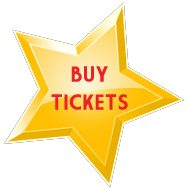
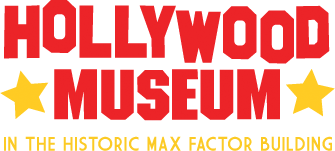





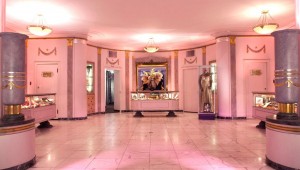
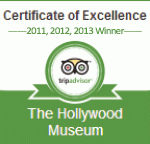
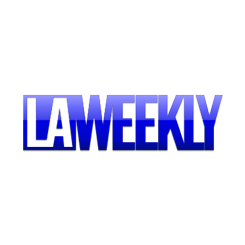
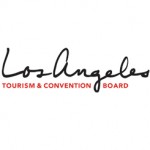

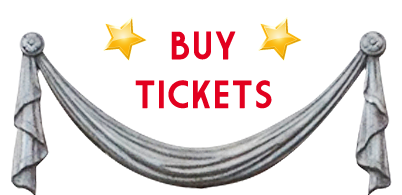
CONNECT WITH US FOR EXCITING NEWS